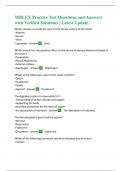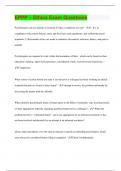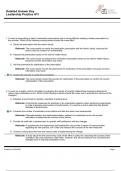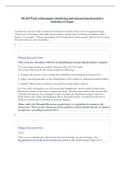Samenvatting
New Summary Operations Management Slack, Chapters 1-19, edition 2022, written 2024
- Vak
- Instelling
- Boek
This is a new (2024) Summary of Operations Management by Slack. Chapters 1-19 are summarized in understandable English with a pleasant layout.
[Meer zien]













